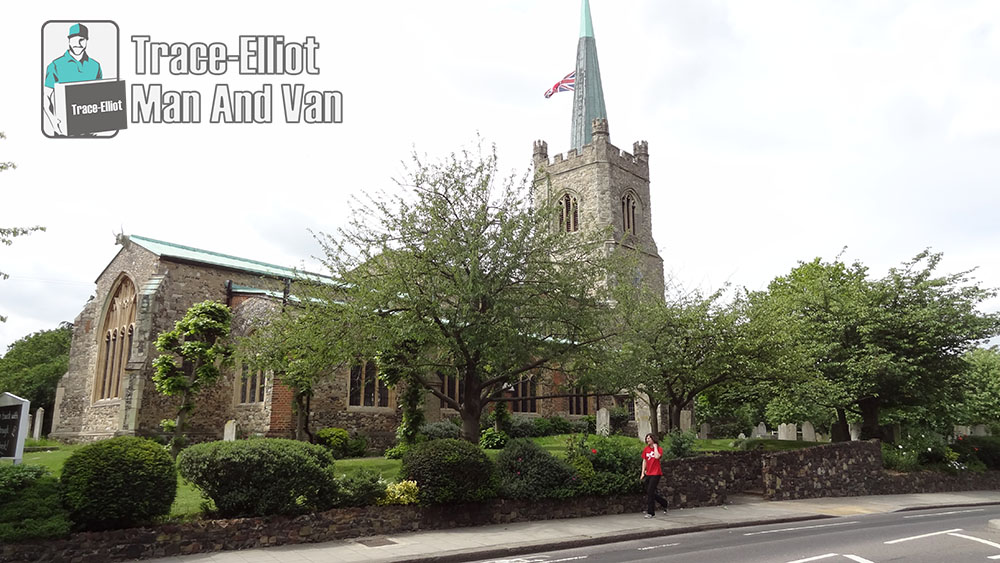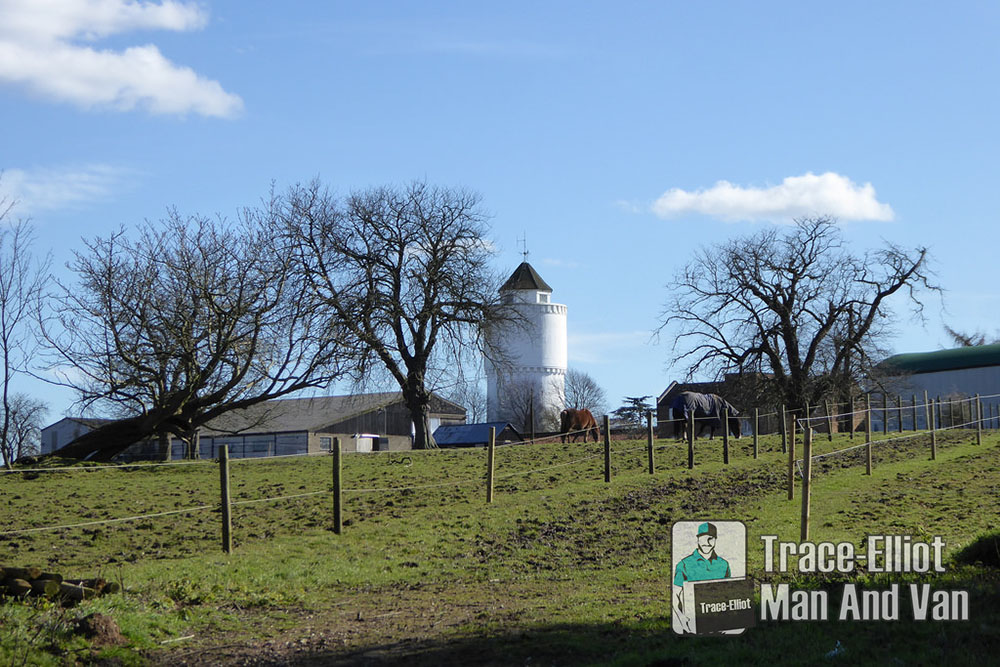Named after the Royal Liberty of Havering, the London Borough of Havering was originally part of Essex. Nowadays, however, it is part of the English capital. The borough consists of more than 20 districts and it has a total population of almost 246,000 people. Havering is also known as Greater London’s most easterly situated borough and it is the third largest one in the city, ranking only after Bromley and Hillingdon. The administrative centre of Havering is Romford. It can be said that this is rather unusual since in most of the cases the administrative town shares the same name with the borough in which it is situated. Havering is also one of the ten happiest London boroughs which means that it is definitely worth exploring.
Main districts in the borough
Romford has established itself as one of the biggest shopping and entertainment areas located outside of London’s central part. It is even home to Romford Market – one of the oldest street markets in the English capital. Since it is located in close proximity to an extensive selection of cafes and restaurants, the market unavoidably attracts an impressive number of people not only from Havering but also from many other regions in London.
 If it wasn’t for Romford, Hornchurch RM11, RM12 could have had the chance of becoming Havering’s “capital.” Although its character is more residential compared to that of the borough’s administrative hub, the town does have a number of shopping streets. In addition to that, Hornchurch hosts various annual and seasonal events. The most successful of them is Havering Show. The free music event is held in Harrow Lodge Park and some of its more recent editions featured performances by legendary music acts like Faithless and Boney M.
If it wasn’t for Romford, Hornchurch RM11, RM12 could have had the chance of becoming Havering’s “capital.” Although its character is more residential compared to that of the borough’s administrative hub, the town does have a number of shopping streets. In addition to that, Hornchurch hosts various annual and seasonal events. The most successful of them is Havering Show. The free music event is held in Harrow Lodge Park and some of its more recent editions featured performances by legendary music acts like Faithless and Boney M.
Still, if it wasn’t for Romford, districts like Collier Row RM5 would have never gone out of their rural shells. Up until the early-20th century, the area was practically standing in the middle of hay fields. However, the rapidly expanding Romford created the need for the construction of Eastern Avenue (A12) which finally linked Collier Row with the rest of London. Today, the place continues to be surrounded by vast open spaces, but now it is filled with dozens of independent restaurants and shops.
Harold Hill RM3, which has become one of the fastest developing districts in London, is also set in the borough of Havering. The area has been on the rise ever since a number of modern youth centres opened doors on its territory in 2012. The district has an entire festival dedicated to traditions and its people, which is known simply as the Harold Hill Festival.
Local attractions
As an outer London borough, Havering may seem like a place lacking impressive and fascinating landmarks and sights which are abundant in the capital’s central areas. However, once you take a walk on its main streets, you will quickly change your mind. Cranham RM14 may be a very small residential suburb but it has one of the most beautiful churches in Havering – All Saints’. The magnificent building of this country church was constructed during the 19th century. However, the earliest record of All Saints Church dates to the 13th century.
 The village of Havering-atte-Bower RM4, on the other hand, is certainly not the most prestigious and affluent area in London. Still, there is a remarkable number of large mansions and palaces located in the district. The most notable of them is the Bower House which was completed in the 18th century It features items from the now destroyed Havering Palace which, too, was set in Havering-atte-Bower.
The village of Havering-atte-Bower RM4, on the other hand, is certainly not the most prestigious and affluent area in London. Still, there is a remarkable number of large mansions and palaces located in the district. The most notable of them is the Bower House which was completed in the 18th century It features items from the now destroyed Havering Palace which, too, was set in Havering-atte-Bower.
The greatest attraction in Havering, however, are its beautiful parks. More than 50% of the borough’s territory is parkland. That is namely why there are so many districts in Havering that contain the word “park” in their name. From Romford’s Gidea Park RM2 and Harold Park RM3 to Hornchurch’s Elm Park RM12 – the borough is abundant of park- or even forest-themed areas like Harold Wood RM3, for instance. Among Havering’s largest green open spaces is Havering Country Park. It was initially part of the Havering Palace, but today it is open to the public and it features a conservation area, a pond and even a horse riding facility. Other popular parks in the area include Upminster Park, Bedford’s Park, as well as Hylands Park.
